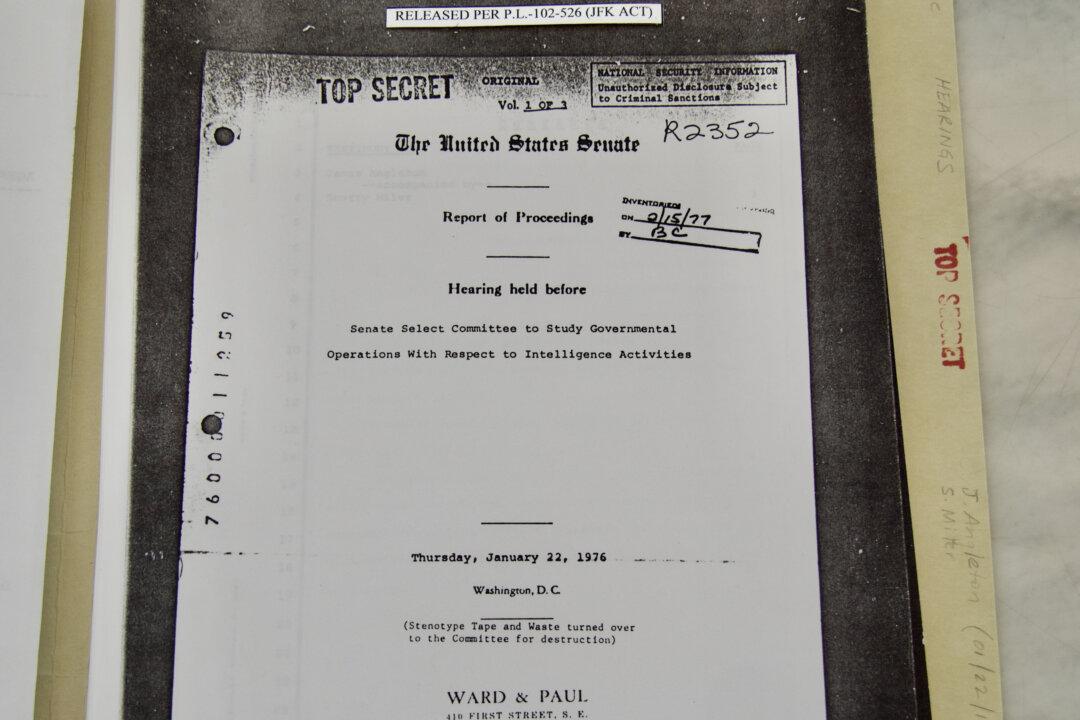With another storm barreling down on California mountains this week, snowfall totals are approaching unprecedented levels in many locations, prompting mountain resorts to extend their ski season—potentially into summer for some.
The Mammoth Mountain resort reported 695 inches of snow on the morning of March 29 in an emailed statement to The Epoch Times, breaking its all-time record of 668 inches reported in winter 2011, after 30 inches of snow fell in the Eastern Sierra overnight.

“It’s been an amazing winter,” a spokesperson for the resort told The Epoch Times the previous day.
After a week with few flurries falling, recent storms brought several feet to higher elevations.
Consistent snow has provided a boon for the skiing tourism industry, and several resorts in California have announced that they will be open well into spring, and possibly into summer. Big Bear will stay open until April 30, Mammoth at least July, and Palisades Tahoe July 4, according to their websites.
Precipitation has persistently pounded California this year, and snowpack statewide is expected to reach 221 percent of the April average level, according to the California Department of Water Resources.

The second bomb cyclone in two weeks is currently bringing more moisture ashore. The National Weather Service issued winter storm warnings in effect from Tuesday, March 28, through Wednesday, as heavy rain, strong winds, and mountain snow up to five feet are expected.
Californians are urged to check local weather conditions before traveling, as flood advisories are in place, chains may be required in some areas, and tree damage and power outages are likely, officials warned.
While the tallies across the state are above average, the snowiest year in California history was 1938, when 68.24 feet of snow fell, according to the University of California–Berkeley Central Sierra Snow Lab. As of March 20, the current year’s recorded snowfall places sixth all-time in the central Sierras, totaling 56.4 feet.

The near-historic snowpack is drawing skiers to the slopes, and with extended seasons, the economic impact on California will be significant, according to SkiCalifornia, a nonprofit trade association representing ski resorts in the state. In its annual report detailing the 2021–22 season, the total economic impact was $3.2 billion, with local and state tax revenue estimated at $100 million.
California has three of the top ten largest ski areas in the United States, and its 36,000 acres of skiable terrain, 1,563 trails, and 318 lifts rank the second most visited by state, according to the report.






